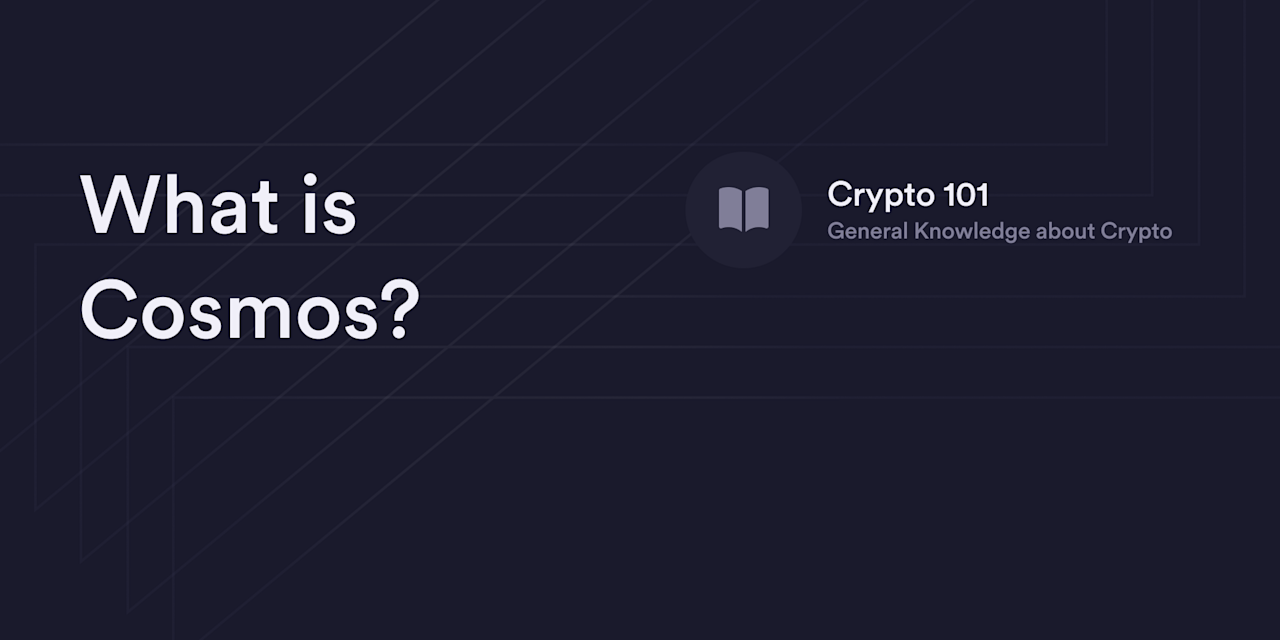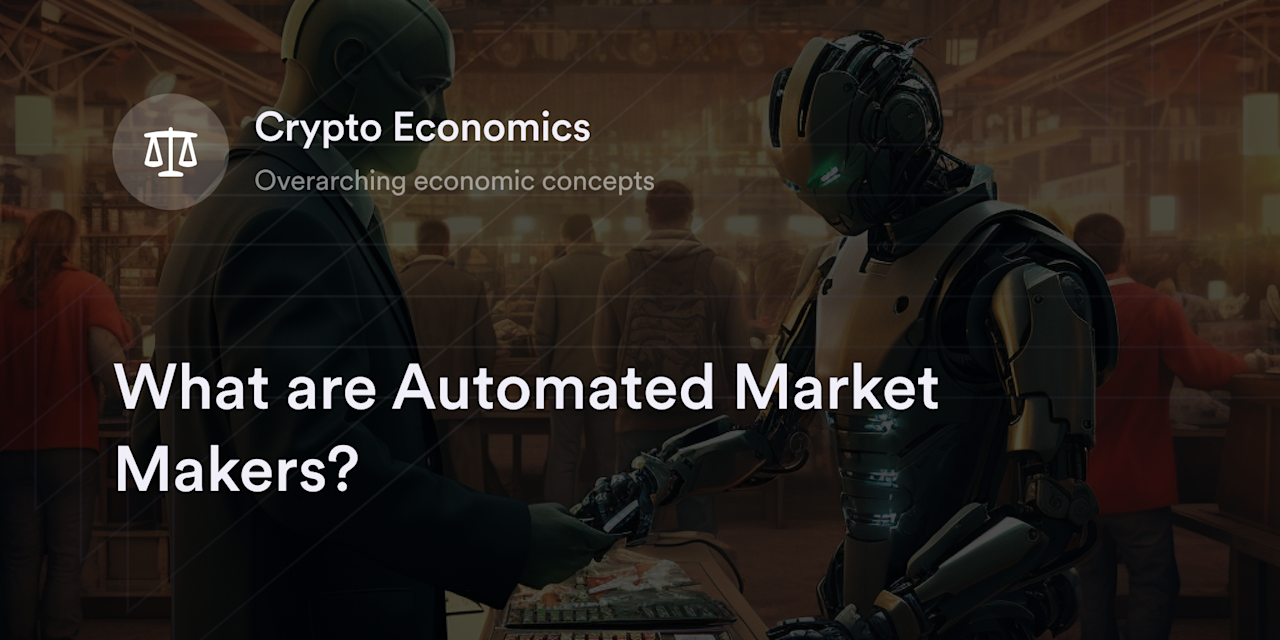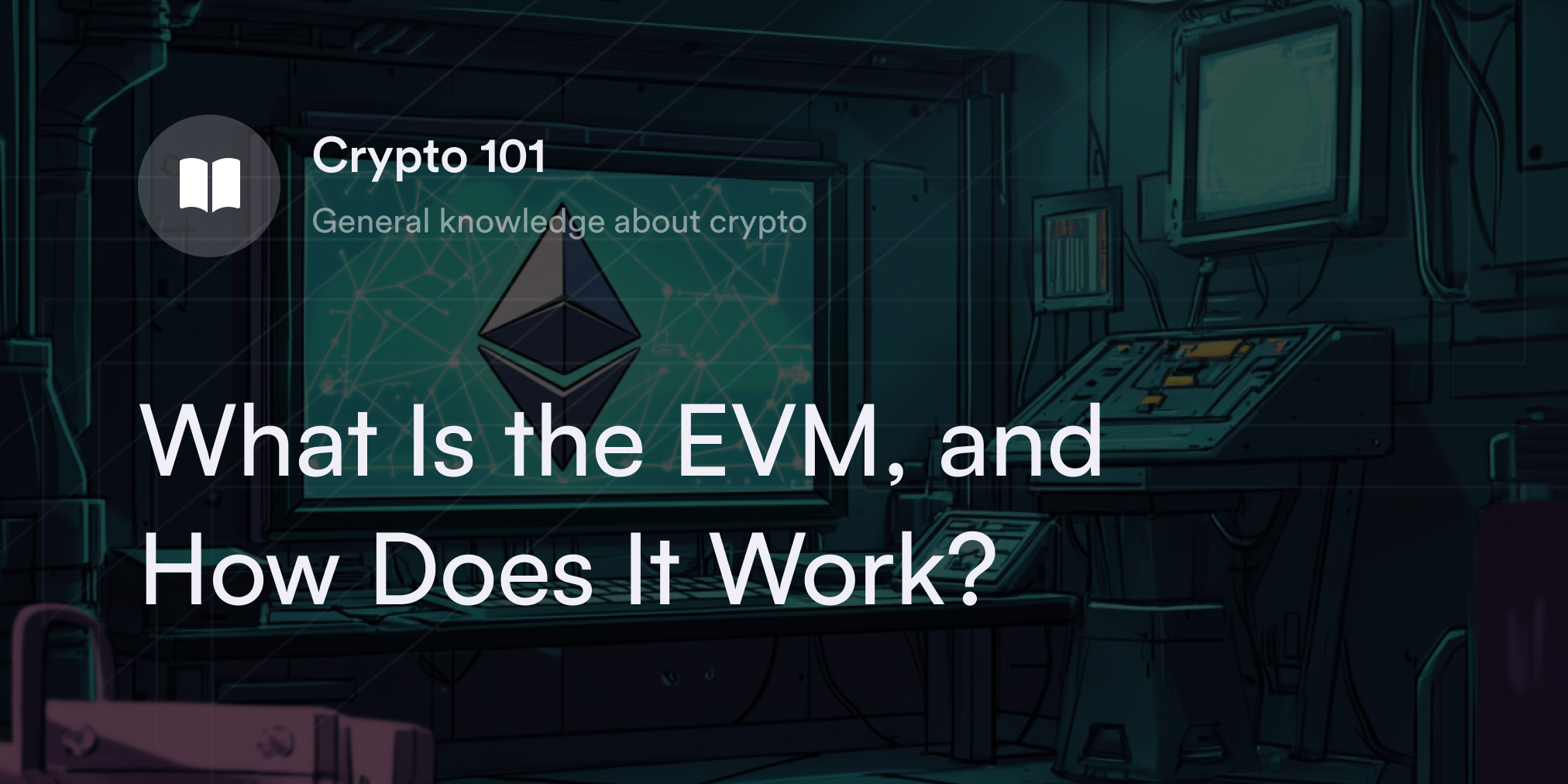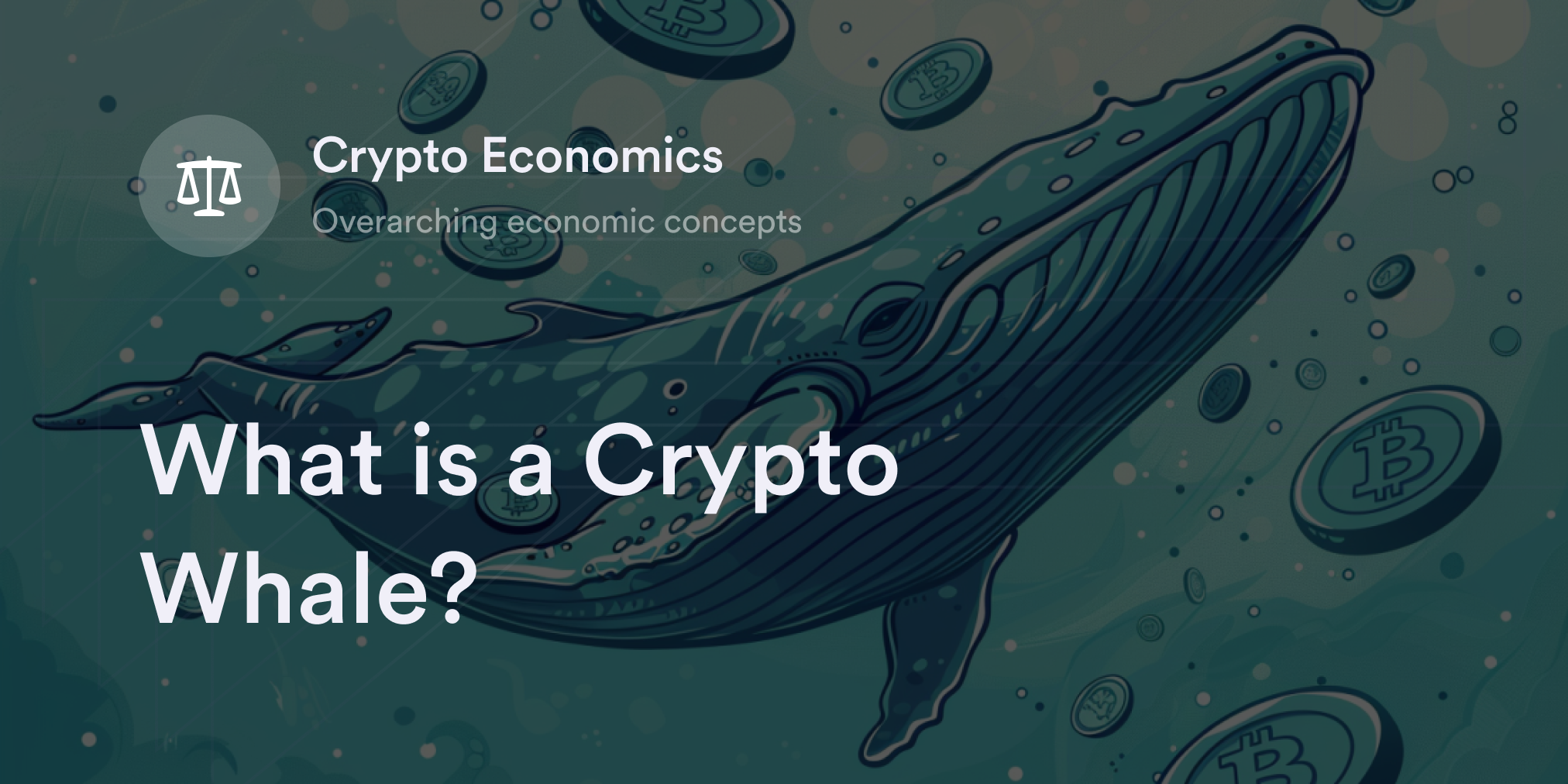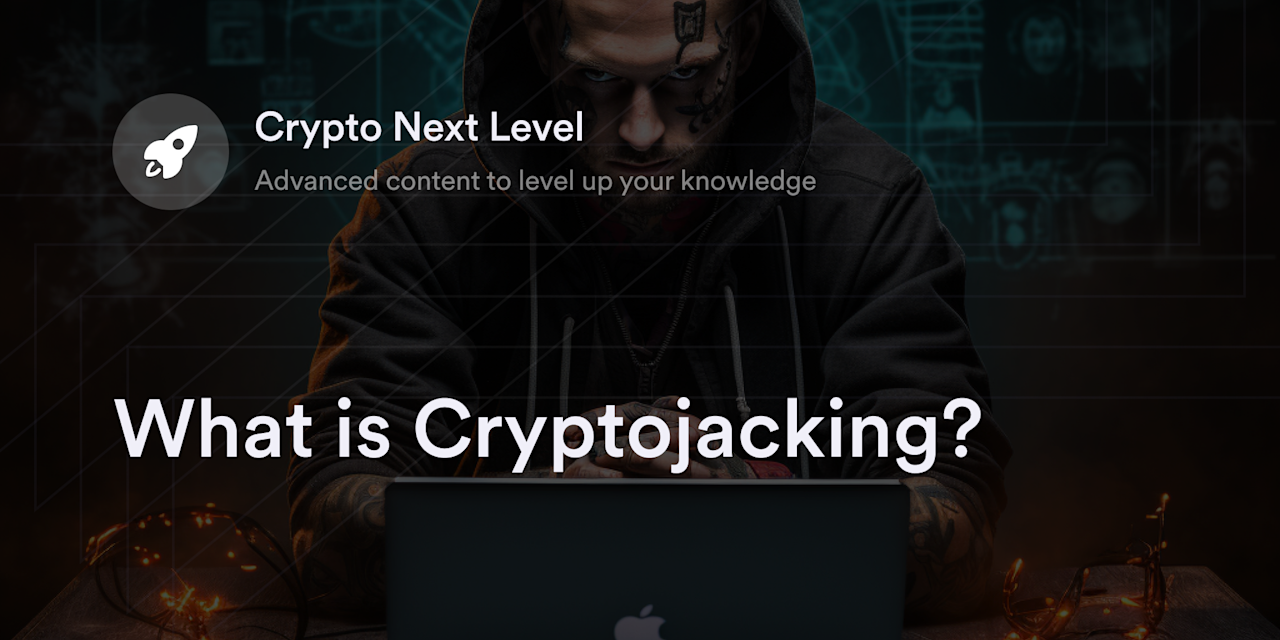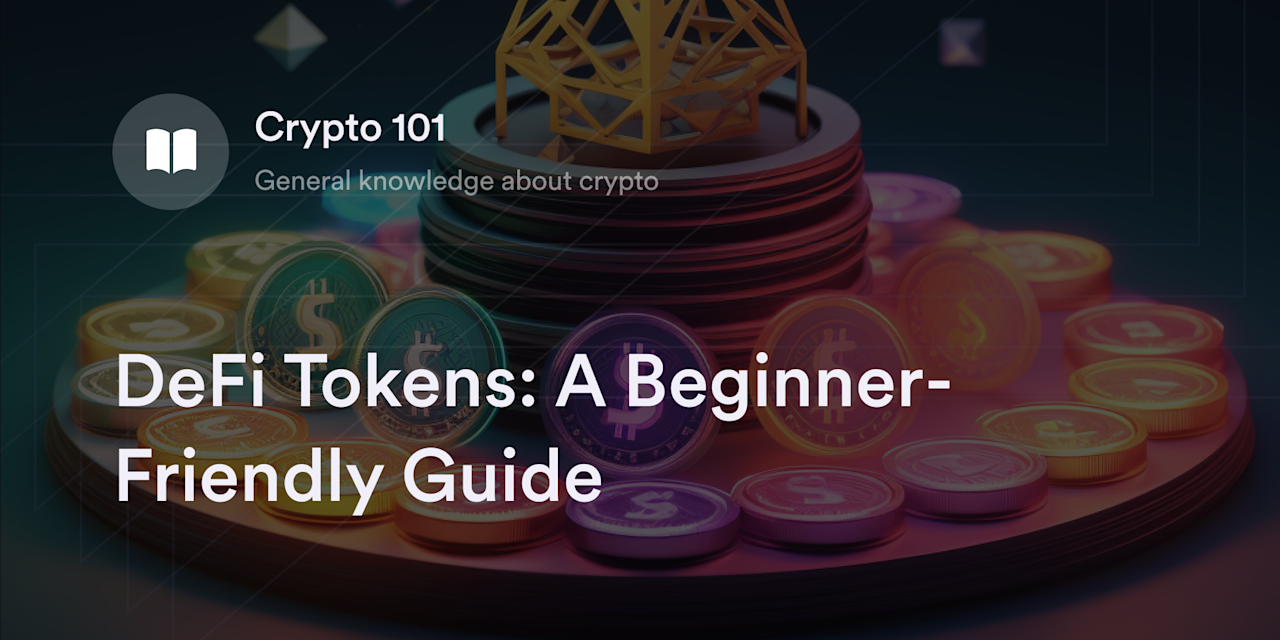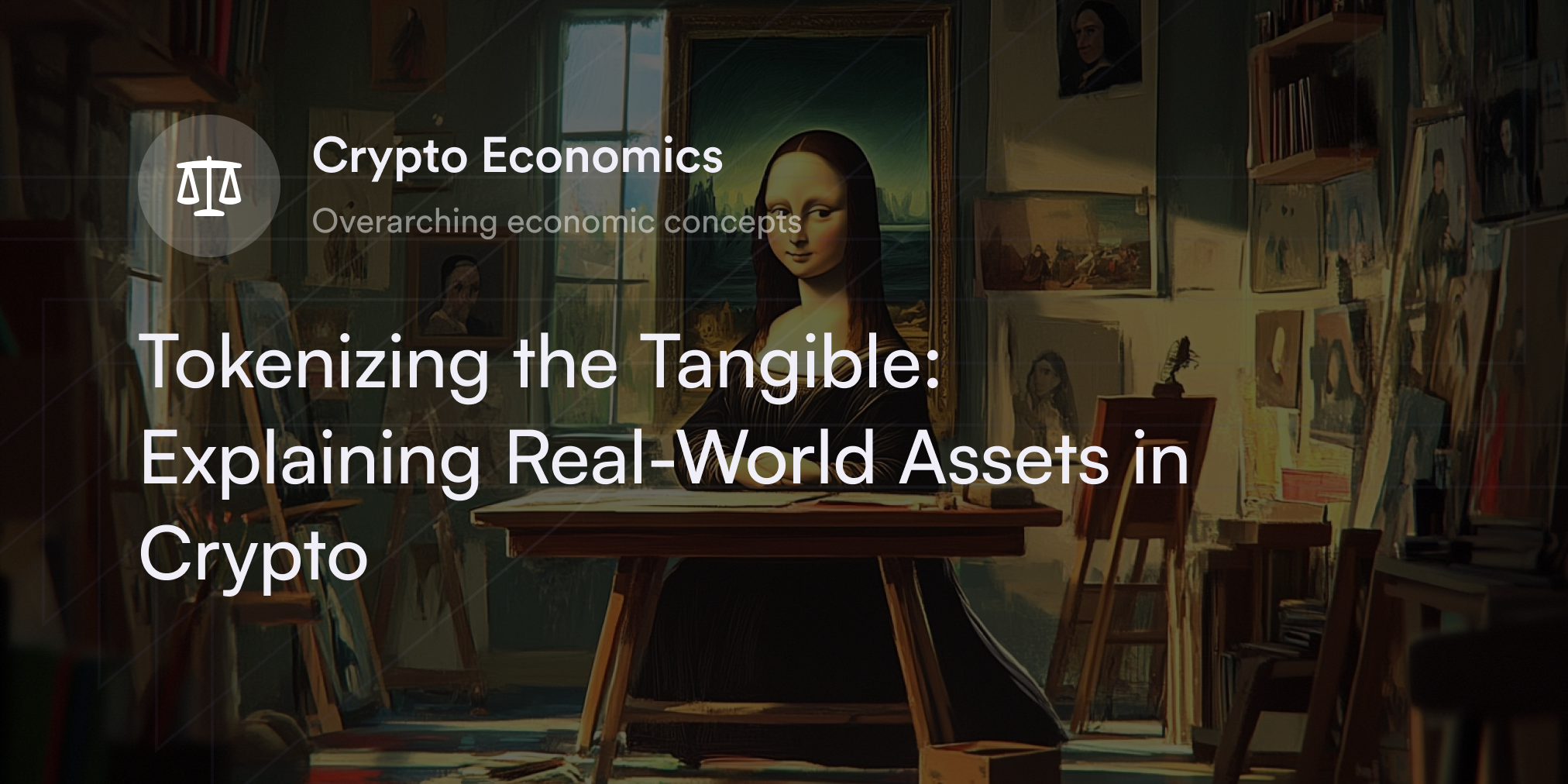
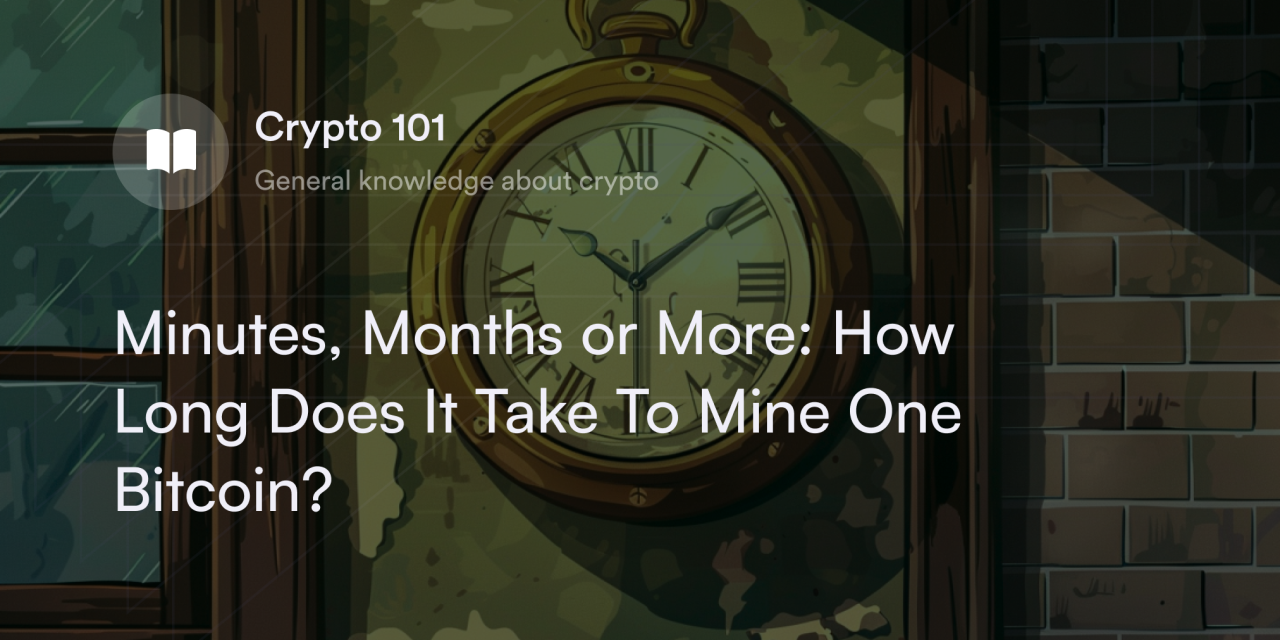

As the largest and oldest cryptocurrency, Bitcoin (BTC) has become the world’s most desirable decentralized digital asset. Many traders pick up their first piece of “digital gold” on a crypto exchange, but there’s another way to claim BTC without signing up for a trading platform: running a crypto mining rig.
The Bitcoin Network computers (aka nodes) post transactions and mine BTC block rewards, making some traders ask whether mining Bitcoin from home makes financial sense. While anyone with a computer can compete for “free” BTC, prospective miners have to be realistic about their odds of success.
In this guide, we’ll discuss how to mine BTC and how long it takes to mine one Bitcoin. Learning the cold, hard facts on Bitcoin’s mining process helps traders decide whether Bitcoin mining is worth the risk.
How do you mine Bitcoin?
To estimate how long it takes to mine one BTC, let’s first review how Bitcoin mining works.
On the Bitcoin blockchain, mining is minting new BTC and adding coins to the cryptocurrency’s circulating supply. This mining process doubles as an incentive system for miners who contribute energy to the Bitcoin blockchain and participate in transaction validation. They use an algorithmic program called proof-of-work (PoW) to solve challenging math problems at preset intervals to get the chance to post the latest batch of BTC transactions and mine new BTC into their crypto wallets.
To ensure consistency in the transaction verification process, Bitcoin has difficulty adjustments every 2,016 blocks to automatically increase or decrease the complexity of the math equations miners have to solve. The more nodes join a blockchain, the higher the difficulty rises to account for increased competition. Conversely, if fewer nodes are on the network, the Bitcoin protocol decreases difficulty to encourage more computers to join the blockchain.
How long does it take to mine one Bitcoin?
Thanks to its routine difficulty adjustments, the Bitcoin blockchain consistently releases a new batch of BTC every 10 minutes. This doesn’t mean, however, that each node on the network gets to claim BTC in this fixed timeframe.
Remember, the BTC block rewards only go to the node that successfully solves the latest math equation and posts an accurate batch of transactions to Bitcoin’s distributed payment ledger. So the time miners spend on minting one BTC depends on how much energy they contribute to the BTC blockchain. Miners with multiple high-powered mining rigs have greater odds of guessing the correct response faster than other nodes on the network, which typically means they mine BTC more frequently.
Since each BTC node has different mining hardware specifications and difficulty adjustments constantly change the dynamics of Bitcoin mining, it’s difficult to say precisely how long it takes each individual node operator to mine one Bitcoin. However, the likelihood of mining Bitcoin within a shorter timespan increases proportionately to the amount of energy miners contribute to the blockchain.
What affects a Bitcoin miner’s success rate?
From hardware and hashrate to halvings and happenstance, many complex features influence a Bitcoin miner’s speed and the odds of receiving BTC rewards. A closer look at each factor helps miners determine their optimal strategy and whether the expected mining rewards are worth the effort.
Mining hardware specifications
The condition of a Bitcoin miner’s hardware directly impacts their chances of receiving BTC block rewards. Since powerful mining hardware units have an easier time solving complex mathematical problems quickly, miners running these rigs are better positioned to win the right to post new blocks of BTC transactions.
Since 2013, application-specific integrated circuit (ASIC) mining rigs such as Bitmain’s Antminer have become the preferred equipment for Bitcoin miners––thanks to their power and focus on BTC mining. While using central processing units (CPUs) or graphics processing units (GPUs) to mine BTC is still possible, the rise of ASIC rigs makes it unlikely for anyone using these less powerful units to win BTC rewards.
Hashrate difficulty adjustments
On Bitcoin’s blockchain, hashrate measures the total electrical power on the network, and it’s directly proportional to the number of nodes contributing to Bitcoin’s PoW process. The more nodes join the Bitcoin blockchain, the higher the hashrate climbs, and vice versa.
Remember, the Bitcoin blockchain changes its math problems’ complexity every 2,016 blocks depending on the latest hashrate value. If the hashrate runs hot, the Bitcoin protocol increases the difficulty to maintain a transaction rate of 10 minutes. In contrast, the average difficulty decreases when the Bitcoin blockchain has a lower hashrate.
Understandably, it takes more computational power to successfully mine BTC in high-difficulty environments, driving up a miner’s electricity costs and decreasing their success rate.
Halving schedule
In addition to difficulty adjustments, Bitcoin has a built-in halving schedule that cuts the amount of BTC per block reward by half every four years. From a miner’s perspective, this supply shock reduces their total earnings potential in Bitcoin, making winning one BTC with each passing four-year cycle harder.
The 2024 Bitcoin halving brings the block reward down to 3.125 BTC per block, but within eight years, miners won’t receive a whole Bitcoin even if they successfully post a batch of transactions. By 2032, Bitcoin’s block reward is expected to dip to 0.78125 BTC, meaning miners have to solve more math equations—and spend more on energy—to get a whole Bitcoin.
Pool versus solo mining
Miners who choose to mine BTC individually (aka solo mining) have difficulty competing with the growing list of institutional mining companies joining the Bitcoin blockchain. However, if solo miners choose to pool their computing power in a mining farm, they have a greater chance of claiming partial BTC rewards more frequently.
Pool mining increases the odds of receiving consistent BTC rewards since these farms contribute more energy to the blockchain, but miners have to pay extra fees for this service, and they only receive a slice of BTC rewards proportional to their energy contribution. While solo mining has minimal odds of success, miners get the full BTC block reward if they happen to get lucky.
Luck
Speaking of luck, there’s an element of chance involved when mining Bitcoin block rewards. Although probability suggests miners with larger shares of the Bitcoin blockchain’s total energy win more BTC block rewards, there are cases where solo miners unexpectedly beat the odds to mine BTC.
Since the Bitcoin consensus protocol is like a lottery rather than a merit-based system, no node on the blockchain gets preferential treatment, and everyone has a chance to win BTC every 10 minutes. Using more mining rigs increases the odds of success when mining BTC, but it doesn’t guarantee it.
Is mining Bitcoin worth it?
Generally speaking, running a solo mining rig on the Bitcoin blockchain is not worth the expense. Despite the few rare cases of solo miners winning BTC block rewards, recent estimates suggest it takes an average of seven years before one of these stand-alone ASIC rigs solves the Bitcoin blockchain’s algorithm and gets to claim BTC.
As more nodes join the Bitcoin blockchain—and as future halvings decrease the average BTC block rewards—mining BTC will likely become increasingly unlikely and cost-prohibitive for solo miners.
If traders are still interested in mining Bitcoin, it may make more sense to research how to farm Bitcoin in a pool rather than running a single rig. Since BTC mining pools contribute more energy to the Bitcoin blockchain, they have better chances of winning multiple block rewards. However, if miners want to join a mining pool, they must consider their farm’s longevity, average win rate, and fee schedule for a realistic estimate of their earnings potential.
Build upon your Bitcoin knowledge with dYdX Academy
Winning Bitcoin rewards isn’t realistic for most solo miners, but there are plenty of other exciting ways for traders to get involved with BTC. From spending BTC on the Lightning Network to minting virtual collectibles called ordinals, dYdX Academy has more guides on the latest innovations on the Bitcoin blockchain.
dYdX also offers low-fee Bitcoin perpetuals contracts for eligible traders on our Cosmos-based dYdX Chain. Find out the latest features, products, and news about dYdX Chain on our official blog, and eligible traders can start trading on dYdX today.
Disclosures
The content of this article (the “Article”) is provided for general informational purposes only. Reference to any specific strategy, technique, product, service, or entity does not constitute an endorsement or recommendation by dYdX Trading Inc., or any affiliate, agent, or representative thereof (“dYdX”). Use of strategies, techniques, products or services referenced in this Article may involve material risks, including the risk of financial losses arising from the volatility, operational loss, or nonconsensual liquidation of digital assets. The content of this Article does not constitute, and should not be considered, construed, or relied upon as, financial advice, legal advice, tax advice, investment advice, or advice of any other nature; and the content of this Article is not an offer, solicitation or call to action to make any investment, or purchase any crypto asset, of any kind. dYdX makes no representation, assurance or guarantee as to the accuracy, completeness, timeliness, suitability, or validity of any information in this Article or any third-party website that may be linked to it. You are solely responsible for conducting independent research, performing due diligence, and/or seeking advice from a professional advisor prior to taking any financial, tax, legal, or investment action.
You may only use the dYdX Services in compliance with the dYdX Terms of Use available here, including the geographic restrictions therein.
Any applicable sponsorship in connection with this Article will be disclosed, and any reference to a sponsor in this Article is for disclosure purposes, or informational in nature, and in any event is not a call to action to make an investment, acquire a service or product, or purchase crypto assets. This Article does not offer the purchase or sale of any financial instruments or related services.
By accessing this Article and taking any action in connection with the information contained in this Article, you agree that dYdX is not responsible, directly or indirectly, for any errors, omissions, or delays related to this Article, or any damage, injury, or loss incurred in connection with use of or reliance on the content of this Article, including any specific strategy, technique, product, service, or entity that may be referenced in the Article.
